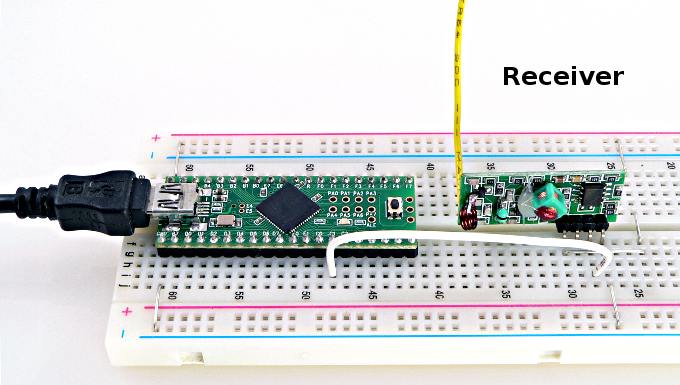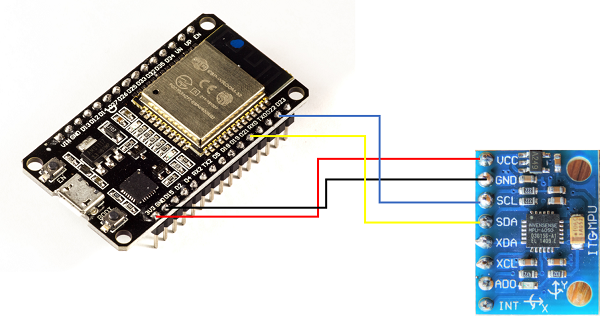



The I2C protocol involves using two lines to send and receive data: a serial clock pin (SCL) that the Arduino or Genuino Master board pulses at a regular interval, and a serial data pin (SDA) over which data is sent between the two devices.Īs the clock line changes from low to high (known as the rising edge of the clock pulse), a single bit of information - that will form in sequence the address of a specific device and a a command or data - is transferred from the board to the I2C device over the SDA line. Once that message is received, it can then be viewed in the Slave board's serial monitor window opened on the USB connected computer running the Arduino Software (IDE). In this example, two boards are programmed to communicate with one another in a Master Writer/Slave Receiver configuration via the I2C synchronous serial protocol.Īrduino 1, the Master, is programmed to send 6 bytes of data every half second to a uniquely addressed Slave. In some situations, it can be helpful to set up two (or more!) Arduino or Genuino boards to share information with each other. Wire library - Master Writer/Slave Receiver


 0 kommentar(er)
0 kommentar(er)
